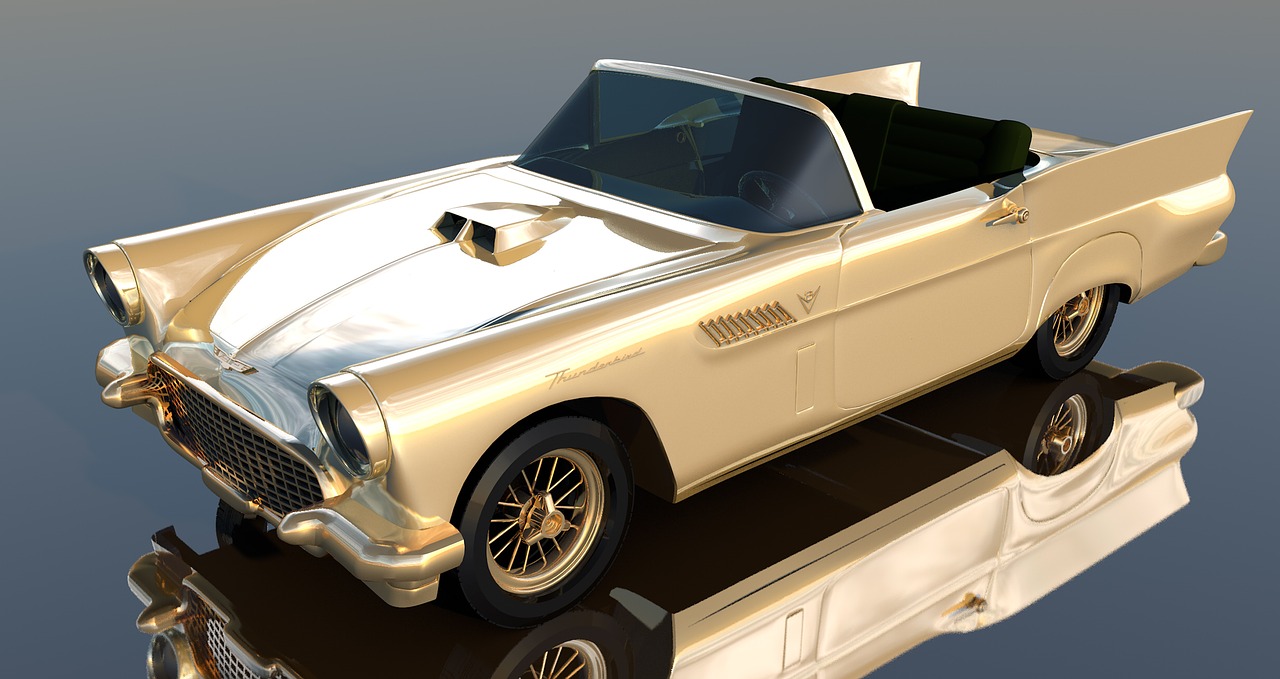Methods of finishing 3D models
The appearance of 3D models right after printing leaves much to be desired. Oftentimes, the surface is full of burrs, stripes, rafts etc. In order for the product to look nice, it is necessary to get rid of them. How? We have prepared an overview of effective methods.
- Retouch 3D – it is a device for finishing models made from PLA, ABS and light-cured resins. The kit comes with five heads: Macro Remover, which removes big brims and rafts, Micro Remover – perfect for improving details, Macro Refiner created for smoothing protrusions, Micro Refiner, which is suitable for cleaning, and Blender Head for smoothing. The device resembles a knife equipped with a heater. The heat is used for removing unwanted pieces of material. The temperature can be adjusted. It is extremely easy to use and extraordinarily precise
- Acetone – acetone vapor wash is extremely easy but not necessarily safe. It is a highly flammable substance, so special care should be taken. How does it influence a 3D model? The material subjected to acetone starts to shrink; the layers disappear, so the whole treatment should be performed quickly and evenly on the whole surface. Due to disappearing of layers, the surface gains glossy finish. This method of 3D finishing is used by two devices: MagicBox and 3D Refiner. The first one can be used for smoothing surfaces made of ABS and PLA. It is extremely easy to use, has an intuitive panel, robust housing and big working chamber (25x25x20 cm). The second device allows for a more precise finish. The model is subjected to acetone and water vapors and then rotated very quickly in order for the surface to be smoothed out evenly. Unfortunately it has a smaller working chamber. Its dimensions are 16x16x20 cm.
- Polysher – a device made for finishing models made of PVB. It smoothes edges with a special spray containing ethanol and isopropanol. The device is equipped with a sprayer, a membrane with micron-sized holes and a piezoelectric actuator. Once the substance is sprayed, the droplets of alcohol are absorbed by the material which, in turn gets smoothed out.

